Hilda Bury broke boundaries and helped redefine the image of the detective after becoming Tayside’s first ever female CID officer.
Detective Constable Bury first joined the force in 1946.
Nothing could escape the notice of her beady eyes, and her time summering in a quiet village in Glen Esk gave her mind the respite it needed to assemble the clues.
Her unconventional policing methods saw her become one of Dundee’s most famous police officers.
So let’s follow the clues to uncover how a Tayside woman became Dundee’s answer to Miss Marple before being honoured by The Queen!
In the line of duty
Hilda Bury was the daughter of the late Lieutenant-Commander Leonard Bury from Carnoustie.
She was educated at Harris Academy.
Her career started when she became as a volunteer for the Auxiliary Territorial Service (ATS) in 1941.
Working in the women’s branch of the British Army was a worthy way to start her service.
The Queen herself joined the ATS in 1945, becoming the first female member of the royal family to join the armed services as a full-time active member.
When she turned 18, at her own insistence, Princess Elizabeth (now Queen Elizabeth II) joined the Auxiliary Territorial Service (ATS), where she trained as a truck driver & mechanic during WWII.
#godsavethequeen #ElizabethII pic.twitter.com/UdyTVrfbMK
— BRITISH HISTORY (@BritishHistorym) March 8, 2021
While in the ATS, Detective Bury spent most of her time on the Romney Marshes – directly on the route that Hitler used to send his flying bombs into London.
Speaking later on her time in the marshes, she said: “That was really worthwhile work.
“There were four batteries in the regiment.
“Between us we were bringing down up to 190 Doodlebugs a day…all bound for London.”
The area of South London was dubbed “Doodlebug Alley” after the bombs that the ATS were transporting.
Within a year of her time at the ATS, she was promoted to Sergeant-Major.
Although she wasn’t quite sure why!
She recalled later: “I don’t know why they promoted me.
“I honestly don’t.
“But I liked working with the girls, it gave me my first intimation that I might like to go into some kind of social work.”
She was at York station with the ATS when it was bombed in 1942.
The railway station and its surrounding sidings were a main target for the Germans and were hit by high-explosive bombs.
Major fires broke out across the station and the station roof collapsed.
The tracks were covered in the rubble and the station became a shell of its former self as the booking hall, records office, and tea rooms were all burnt-out too.
Two civilians sadly died in the explosion.
For the work that she did at York station she received a certificate of meritorious service.
This kind of stuff really does my nut. 29th April 1942 and a bomb hit York station during an air raid. First pic is the direct aftermath in the morning, pic 2 is *later that day*; pic 3 is the next morning. How did they clear it as quick as that?! pic.twitter.com/72xfwRdcRD
— Gary Brannan (@garybrannan) June 13, 2020
After the ATS, she applied for jobs both as a probation officer and a police officer.
She was offered both but accepted the post at Dundee City Police in 1946.
Speaking on her choice in 1970, DC Bury said: “The probation people wanted me to work through a church.
“I didn’t like that, I’m not a church member.
“Instead I joined the police force and I have never once regretted that decision.
“I have been given wonderful freedom to carry out my job the way I feel it should be carried out.
“I’m extremely grateful for that.”
She became a special investigation officer at Dundee City Police, primarily dealing with crimes that involved women and children.
DC Bury was famous around the city for her unique policing methods.
Throughout her entire career she never wore a uniform, choosing instead to carry out her duties in the comfort of her own clothes.
She also focused on prevention – not cure.
DC Bury retained a drawerful of IOU’s from young people around the city, including from a total of 600 girls.
Speaking on the debts, she said: “I try to find out what makes them tick, give them advice.
“We don’t want them in the courts, you know.”
Additionally, she was visited by two young lads every Saturday in the 70s, who handed her 2s each.
They’d tried to pocket their winnings from a sponsored walk and had been found out.
DC Bury gave the lads a good talking to on the meaning of right and wrong, and it was decided they would pay back their winnings out of their own weekly pocket money.
She added: “I didn’t demand all their pocket money – that would’ve been too hard.”
But she insisted they pay it to her direct “so that they’d be reminded each time just what it’s all about”.
Covering more ground
One of DC Bury’s cases was particularly memorable.
A woman she arrested managed to escape from jail with only a fortnight of her sentence still to go.
Seven years later, DC Bury spotted the woman in Edinburgh.
She described the event in the 70s.
She said: “I was on Princes Street when I spotted her.
“I followed her to a house, went right in, and we had a cup of tea and a chat.
“She came back with me, quiet as a lamb.”
A brief case
DC Bury was delighted in the result of the case – the woman was only asked to serve out the remaining two weeks of her sentence.
She only saw her once again after that.
She said: “She came to me in a financial mess.
“She had been thrown out of her house for not paying the rent.
“…Yes I paid it, as a gift. And as I haven’t seen her again I assumed she’s managed to pull through.
“There’s nothing to be gained from turning these people away.
“But there may be something gained by helping.”
DC Bury’s other duties for the City Police included speaking to a variety of different organisations about the work of the force.
She tried to keep the conversations light.
It was her sense of perspective that helped DC Bury enjoy such a dynamic career.
She said: “I’ve always tried to retain my sense of humour.
“In my work it can get awful harrowing at times, so you’ve got to.”
In 1970, DC Bury was transferred to the Juvenile Liaison section of the force’s Community Involvement branch to continue her work with the city’s young people.
After 27 years of service, she was awarded the British Empire Medal in 1973 at Dundee City Chambers as part of The Queen’s Birthday Honours.
In 1974, DC Bury moved next door to Police HQ to begin her new role as the Procurator Fiscal’s messenger.
Over the course of her five years there, she assisted in imposing fines across the city.
The appointment was the first of its kind in Dundee.
When she managed to be off-duty, Detective Bury could be found enjoying her own personal brewery.
She said: “I make a lot of wine.
“Elderberry, plum, potato, all natural stuff…it’s all wine I like the taste of myself.”
“But there are times that coming into my flat is like coming into a distillery!”
Case closed
In 1979, after a total of 28 years service, DC Bury eventually retired.
Her favourite past times included spending summers in Cape Wrath and birdwatching.
She died in 2012, aged 93.
Her legacy lives on through the lives of the many Dundonians she managed to reform.
More like this
The Scots detective who hunted Jack The Ripper through Victorian London
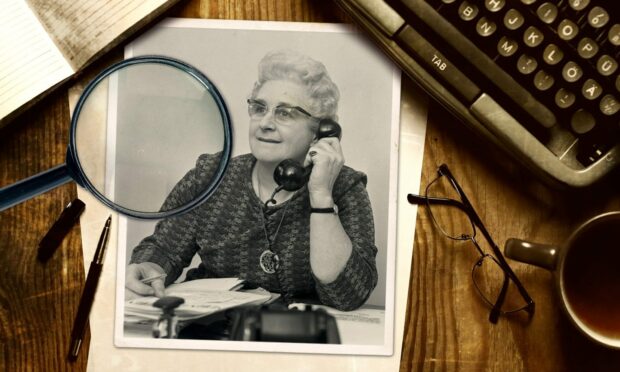
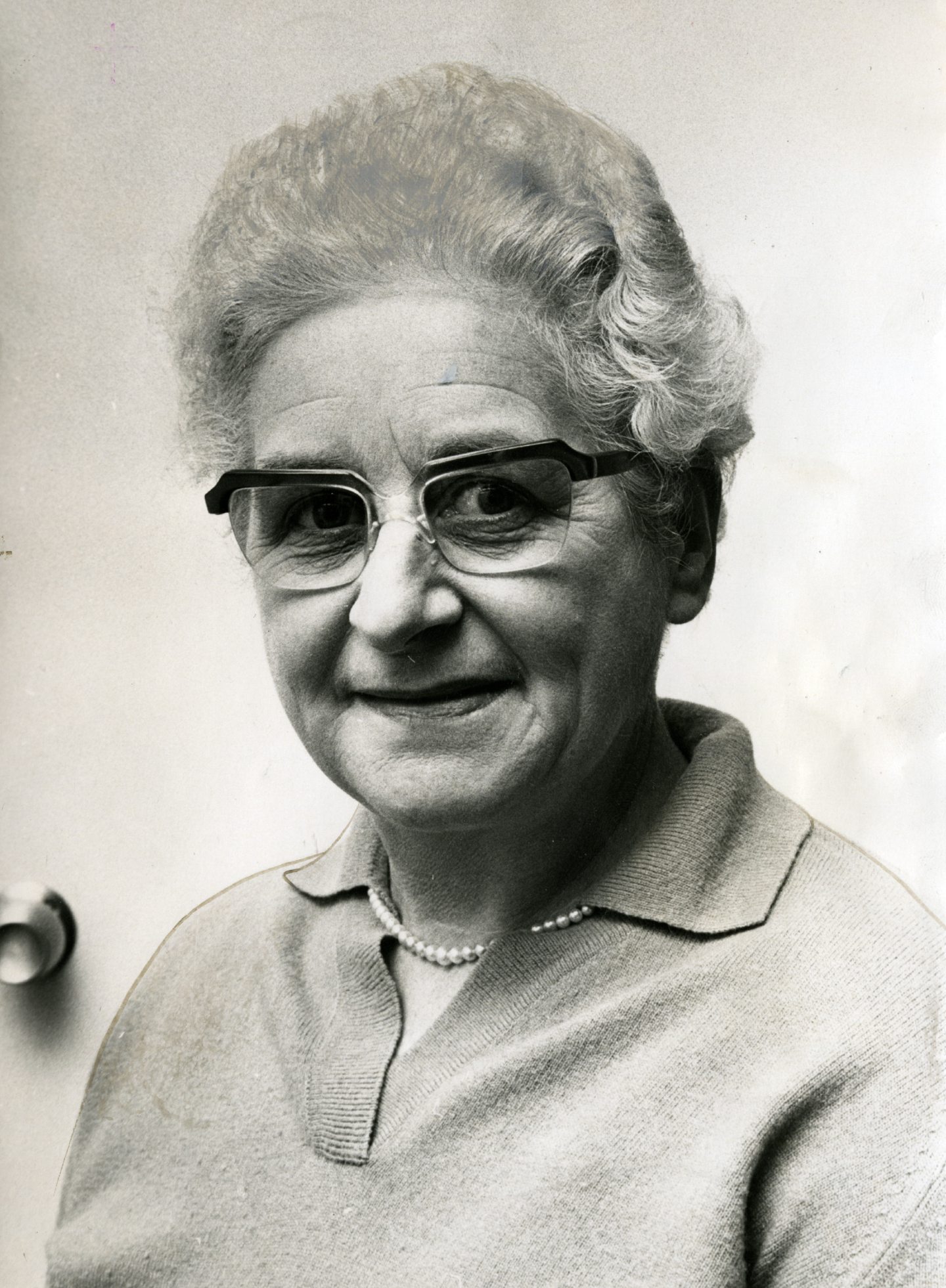
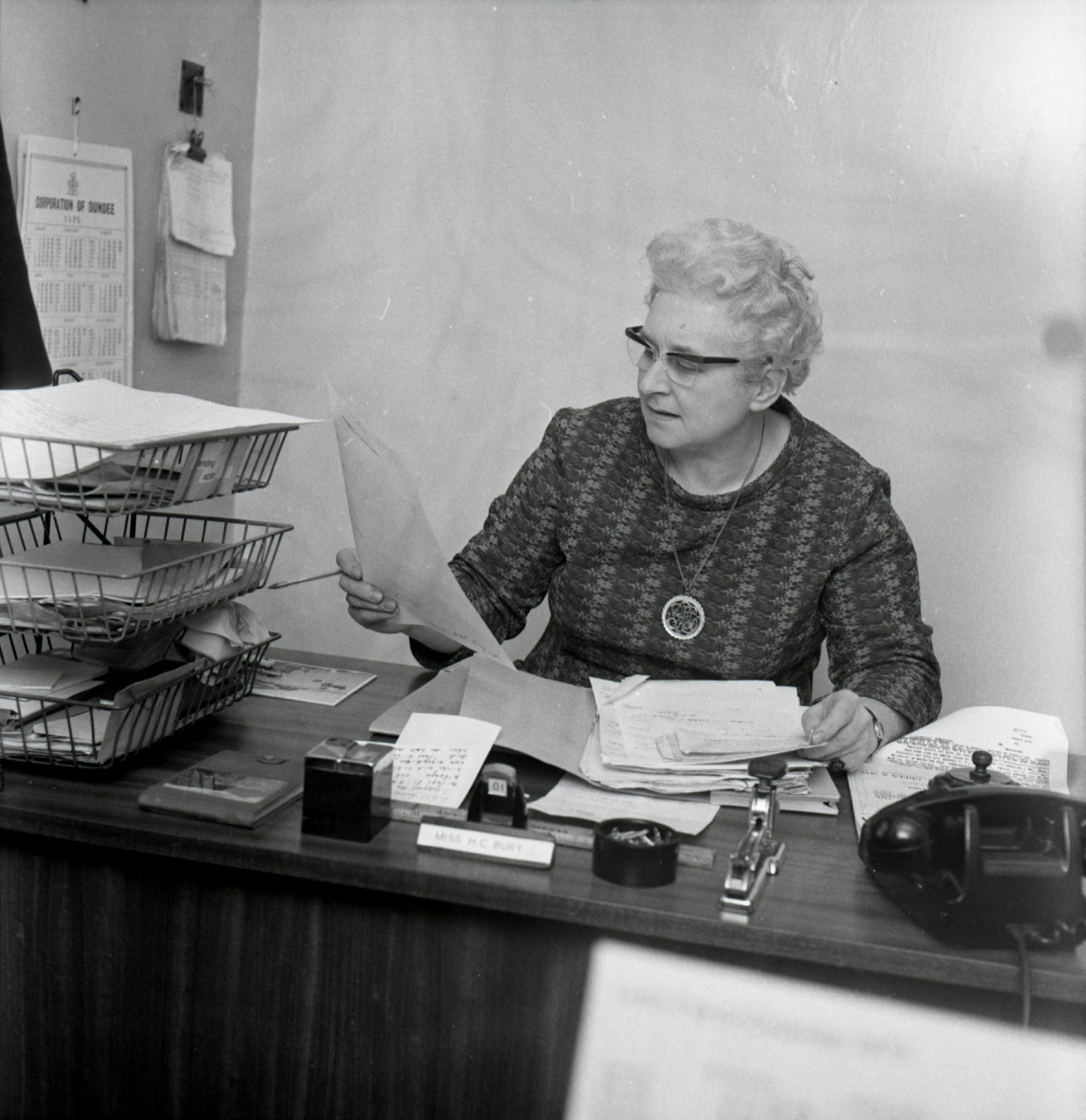
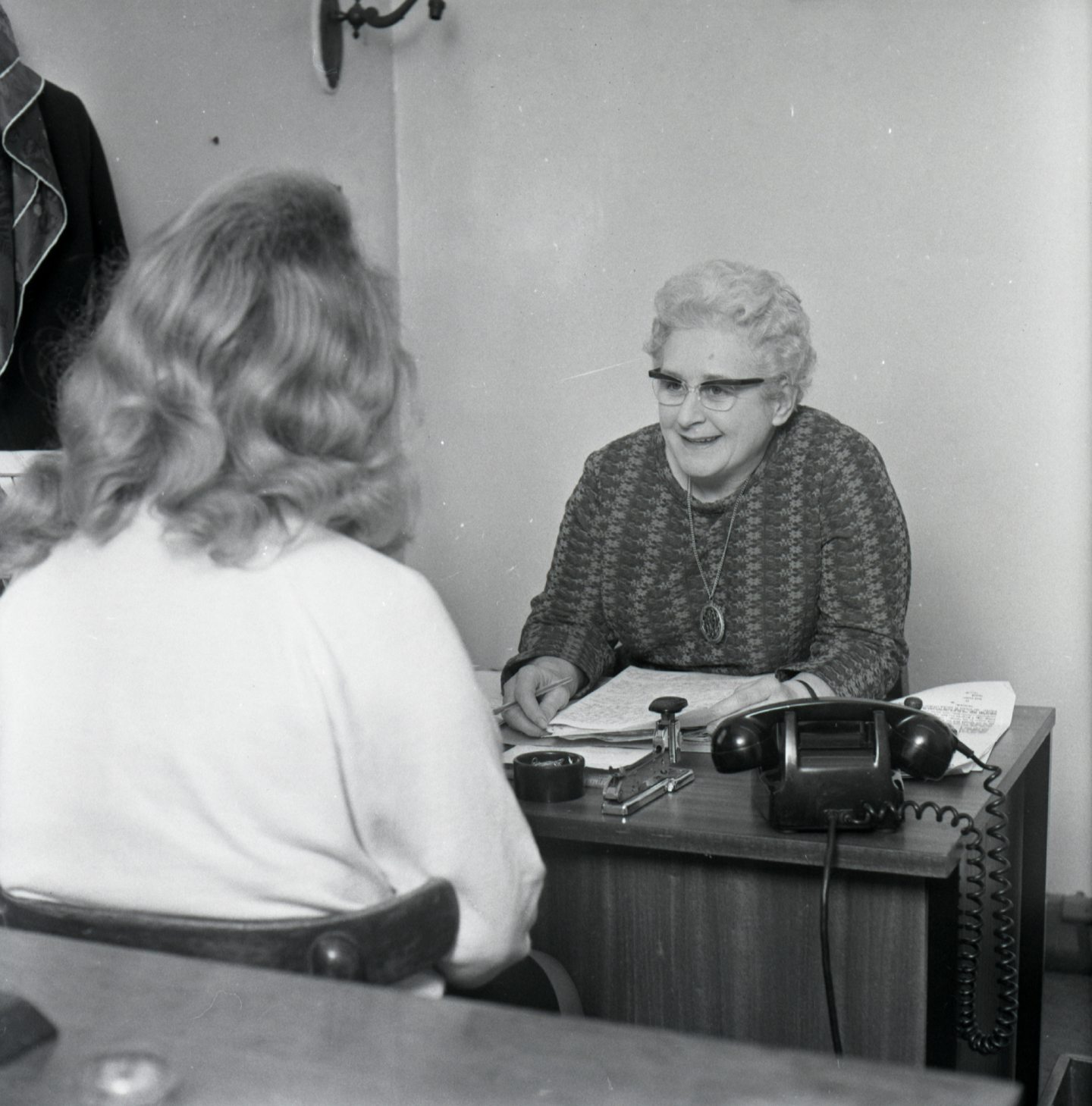
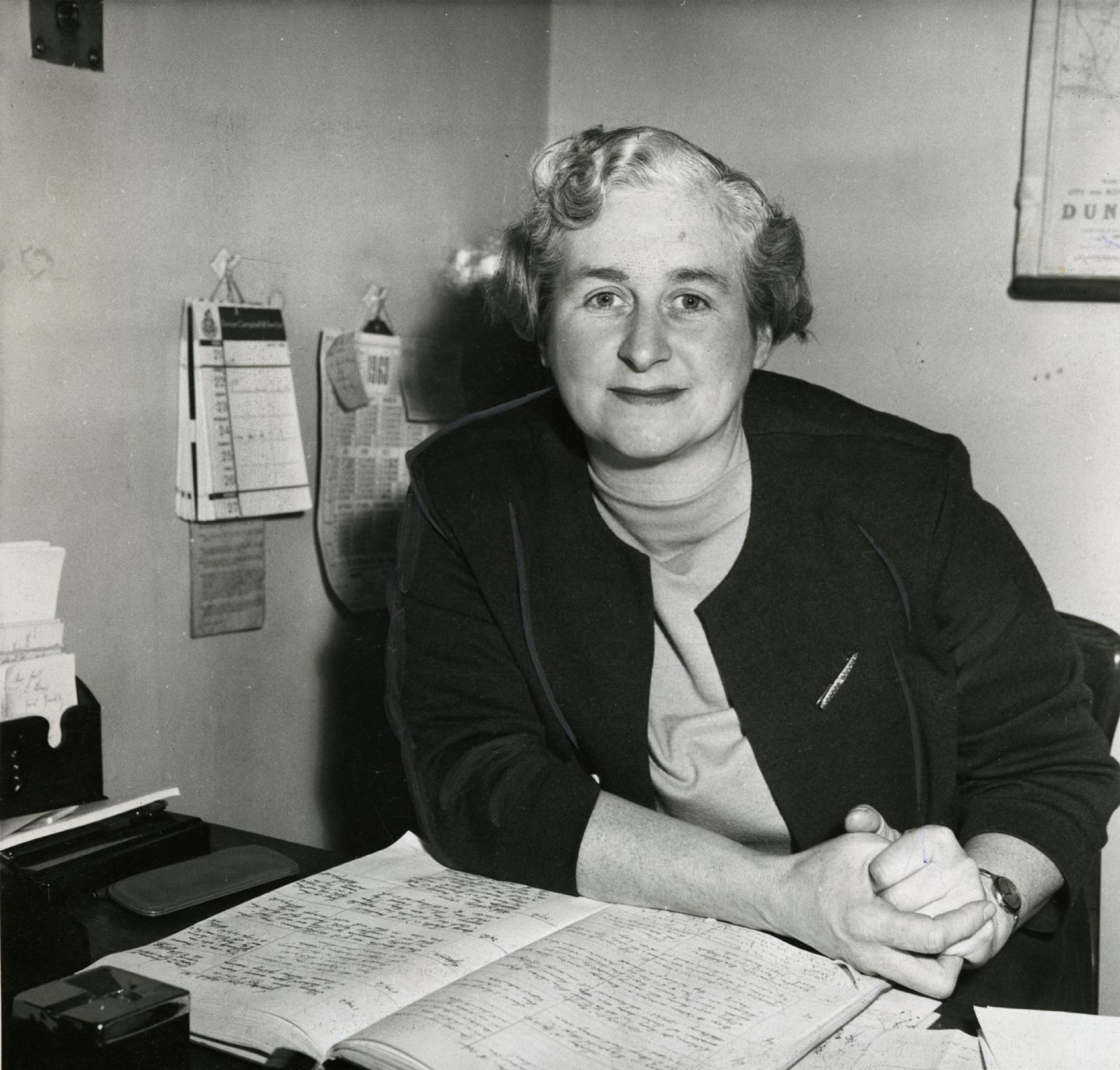
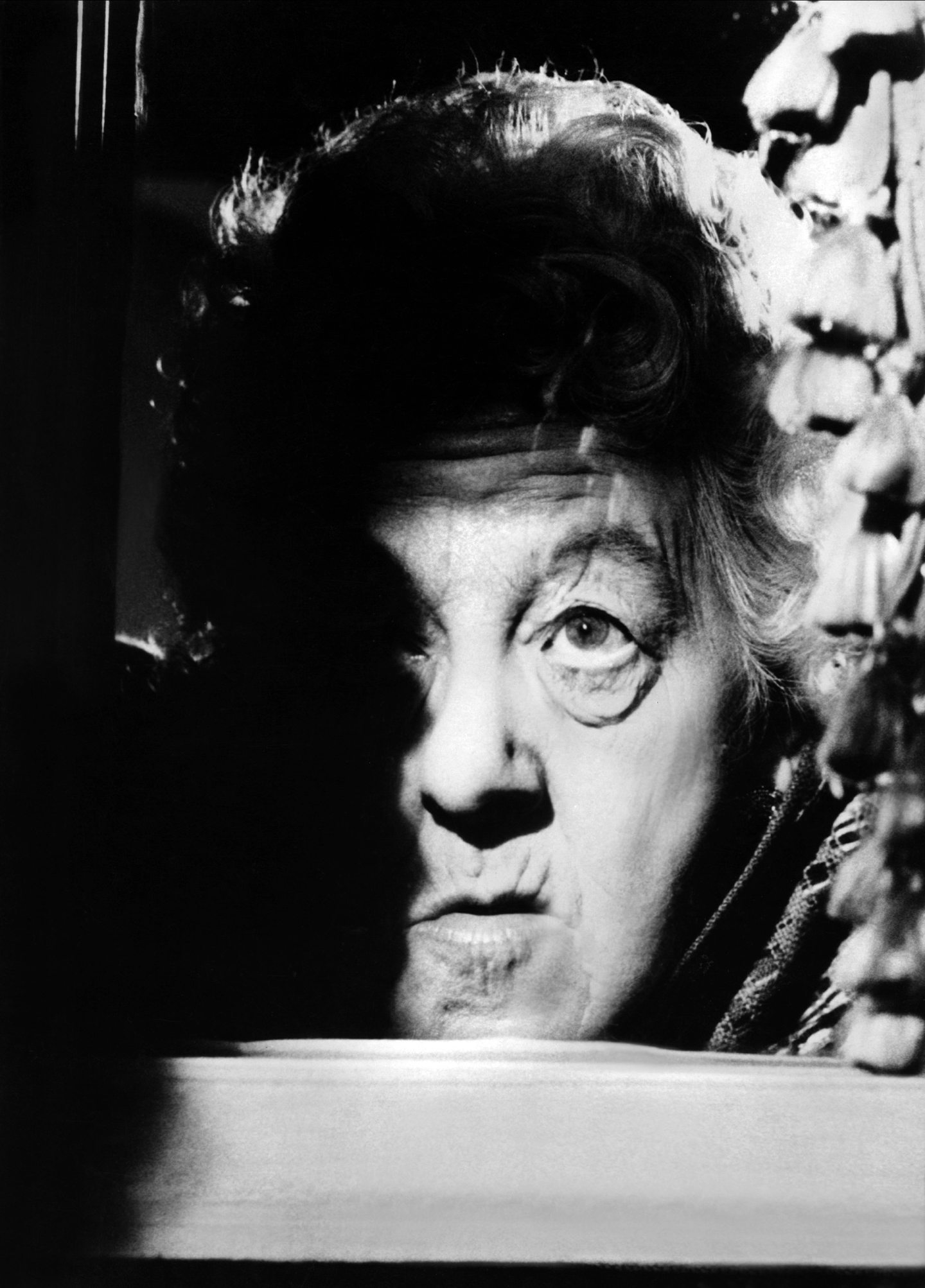
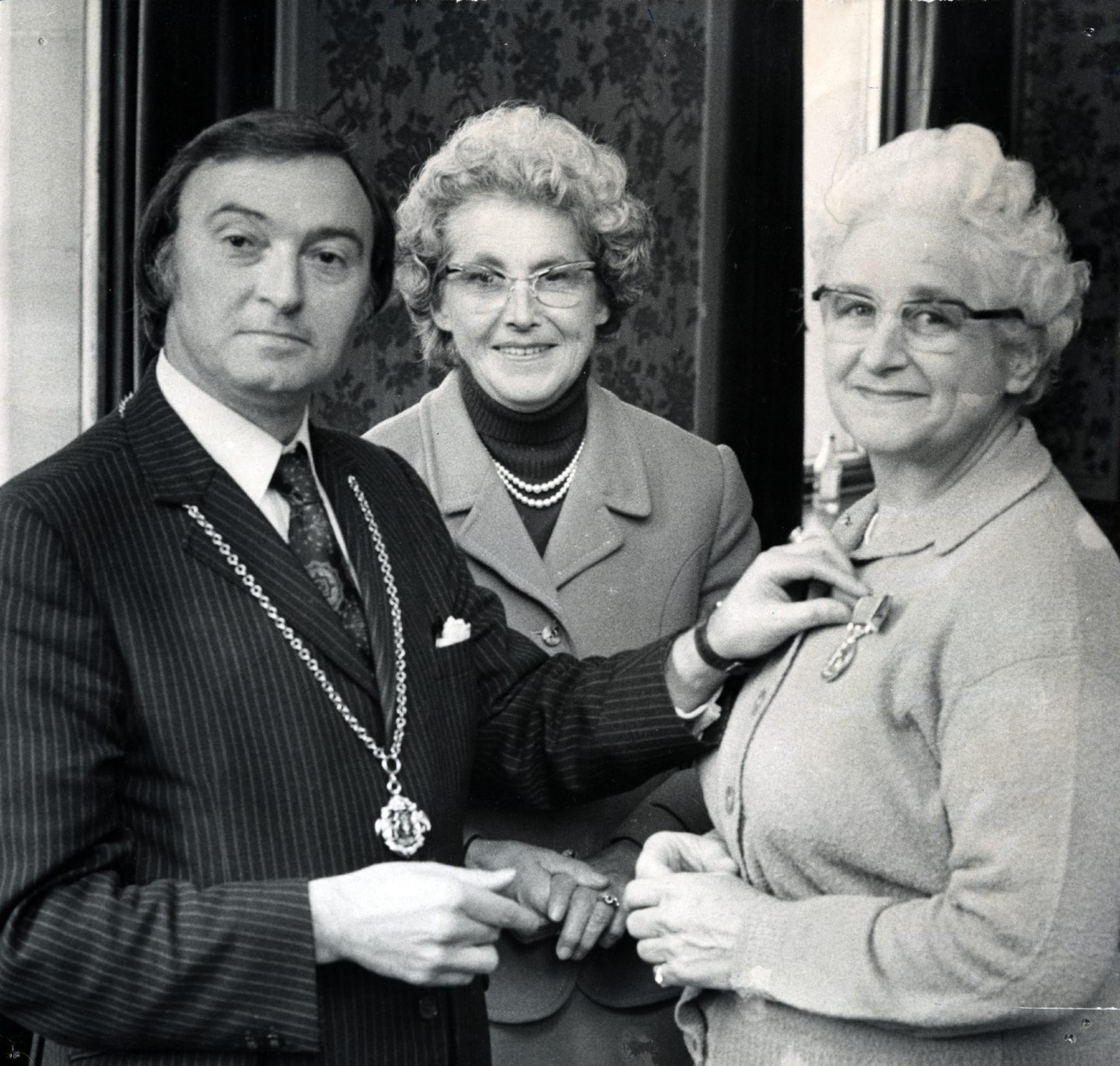
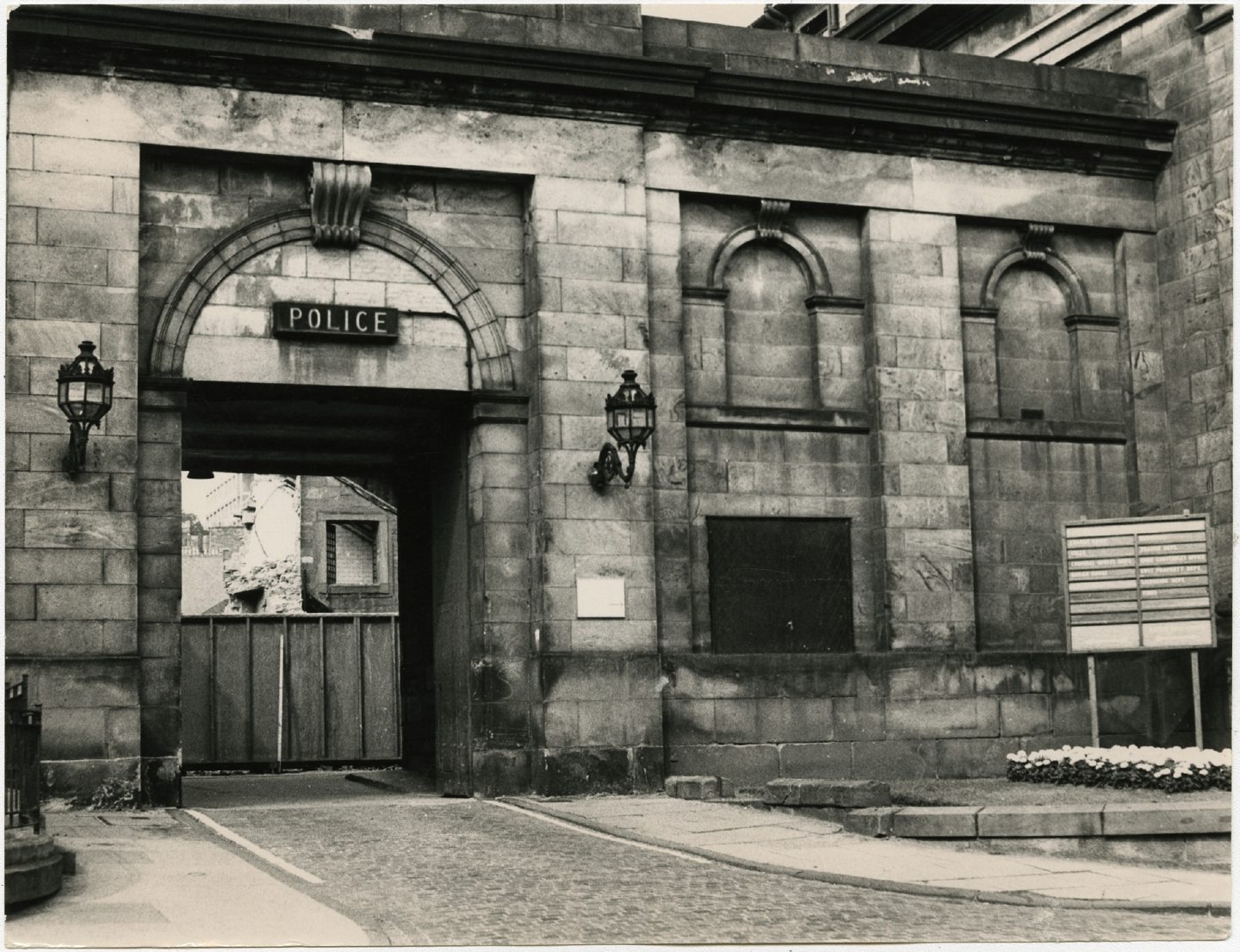










Conversation